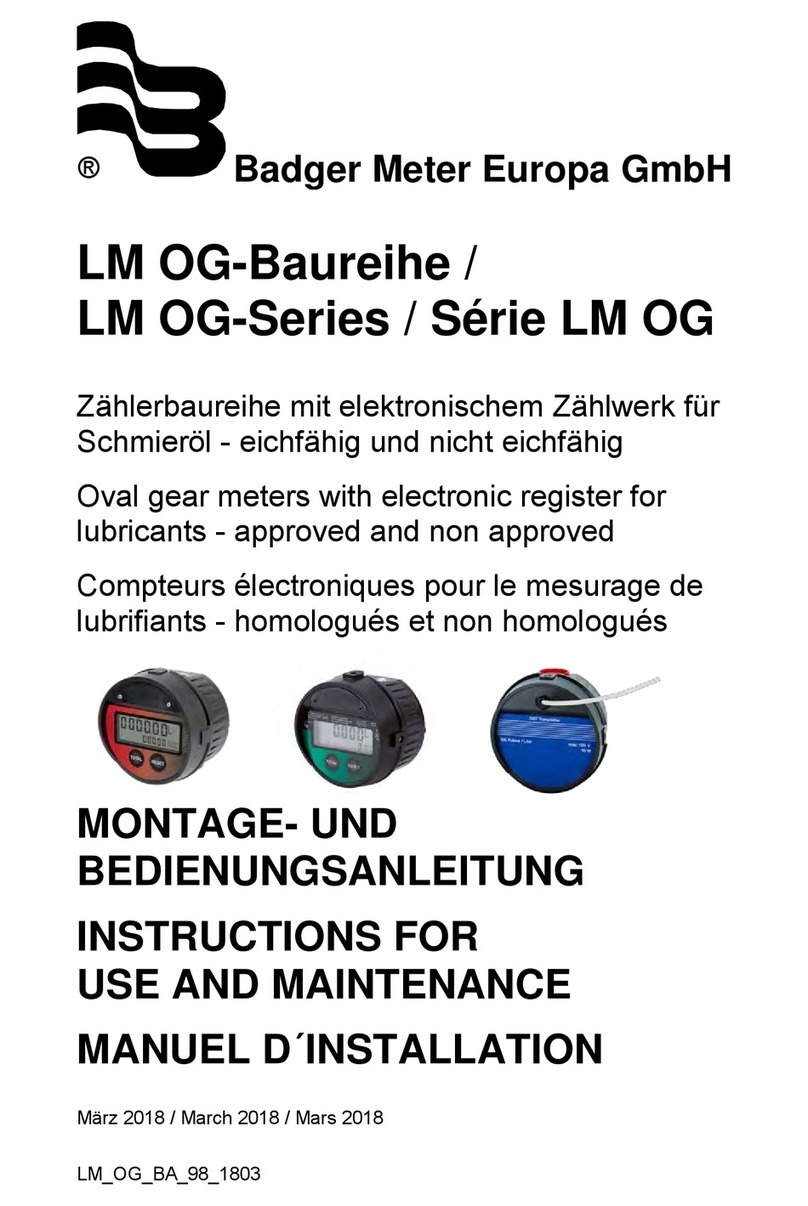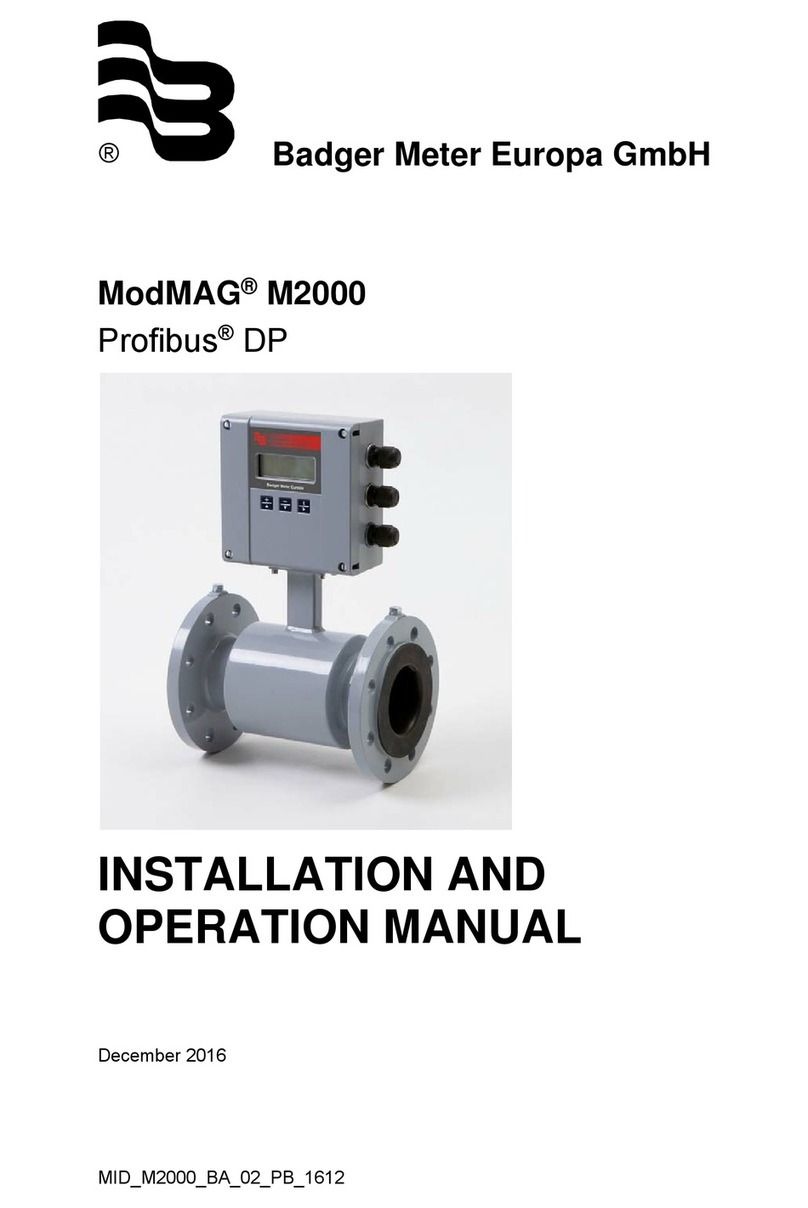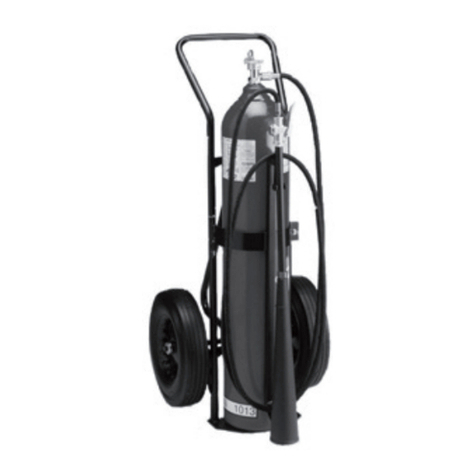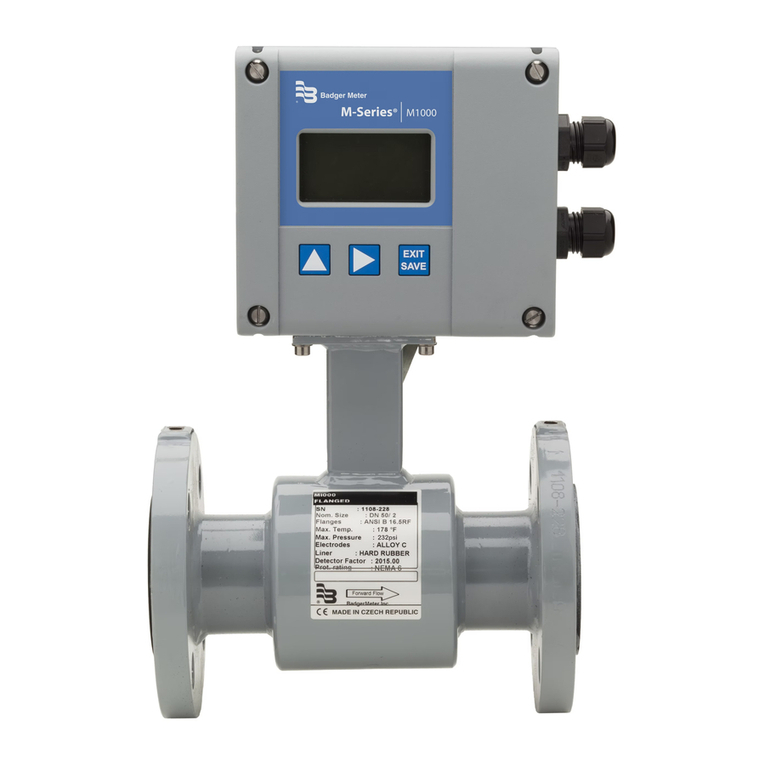
CALIBRATION MODE
The Calibration Mode allows the user to reprogram the
3000+ Recorder to different parameters, calibrate the
Zero and Span and assign and set the relay outputs.
To enter the Calibration Mode, press the MENU key
and the following display screen will appear:
PRESS UP FOR CALIBRATION
PRESS DOWN FOR STATUS
9
If you decide not to enter the Calibration Mode, press
the MENU key and the display will return to the normal
operating screen.
When in the Calibration Mode and the desired change
has been made and no other changes are desired, you may
skip to the end of the calibration screens by pressing the
MENU key.
To enter the Calibration Mode, press the UP arrow key
and the following screen will appear:
SECURITY ID
INPUT 4 DIGIT ID 0000
This screen is the security identification which requires
a security code to be entered before access is allowed into
the Calibration Mode. This code is set to 0000 at the
factory. You may set a new code when in the Calibration
screen.
To enter a security code use the RIGHT arrow key to
move the cursor under the digit to be changed and use the
UP or DOWN arrow keys to change the digit to the
desired value. The values can be from 0 to 9 and A to F.
After entering the security code, press the ENTER key.
If the code is incorrect the display will return to the
normal operating screen. If the code is correct, the
following screen will appear:
MEASUREMENTS UNITS
UNIT INITIALS=GPM
This screen allows the user to select the engineering
unit of measure for the flow rate. To change the units,
press the UP or DOWN arrow keys until the desired unit
is shown. The engineering units available are:
GPM = Gallons per Minute
GPD = Gallons per Day
MGD = Million Gallons per Day
CFS = Cubic Feet per Second
CFM = Cubic Feet per Minute
CFH = Cubic Feet per Hour
CMM = cubic Meters per Minute
OPTION = Any three letter label can be entered
After you have selected the unit desired, press the
ENTER key. If you have selected OPTION, skip to the
section entitled OPTION on Page 14.
The next screen, after selecting a standard
measurement, allows the selection of the multiplier for the
unit of measurement and will appear as follows:
UNIT MULTIPLIER
GPM X 1,000
Press the UP or DOWN arrow key to select the desired
flow multiplier. The following multipliers are available:
X.001
X.01
X.1
X1
X10
X100
X1,000
X10,000
Press the ENTER key to store the multiplier. The
following screen will appear:
FULLSCALE UNITS=GPM
FULLSCALE X 1,000
This screen allows the setting of the full scale range.
Press the UP or DOWN arrow keys to change each digit
to the desired value and the RIGHT arrow key to move
the cursor under each digit. Press the ENTER key and the
following screen will appear:
TOTALIZER MULTIPLIER
X 1,000
This screen allows the selection of the totalizer
multiplier. Press the UP or DOWN arrow keys to select
the desired multiplier and then the ENTER key. The
following multipliers are available:
































